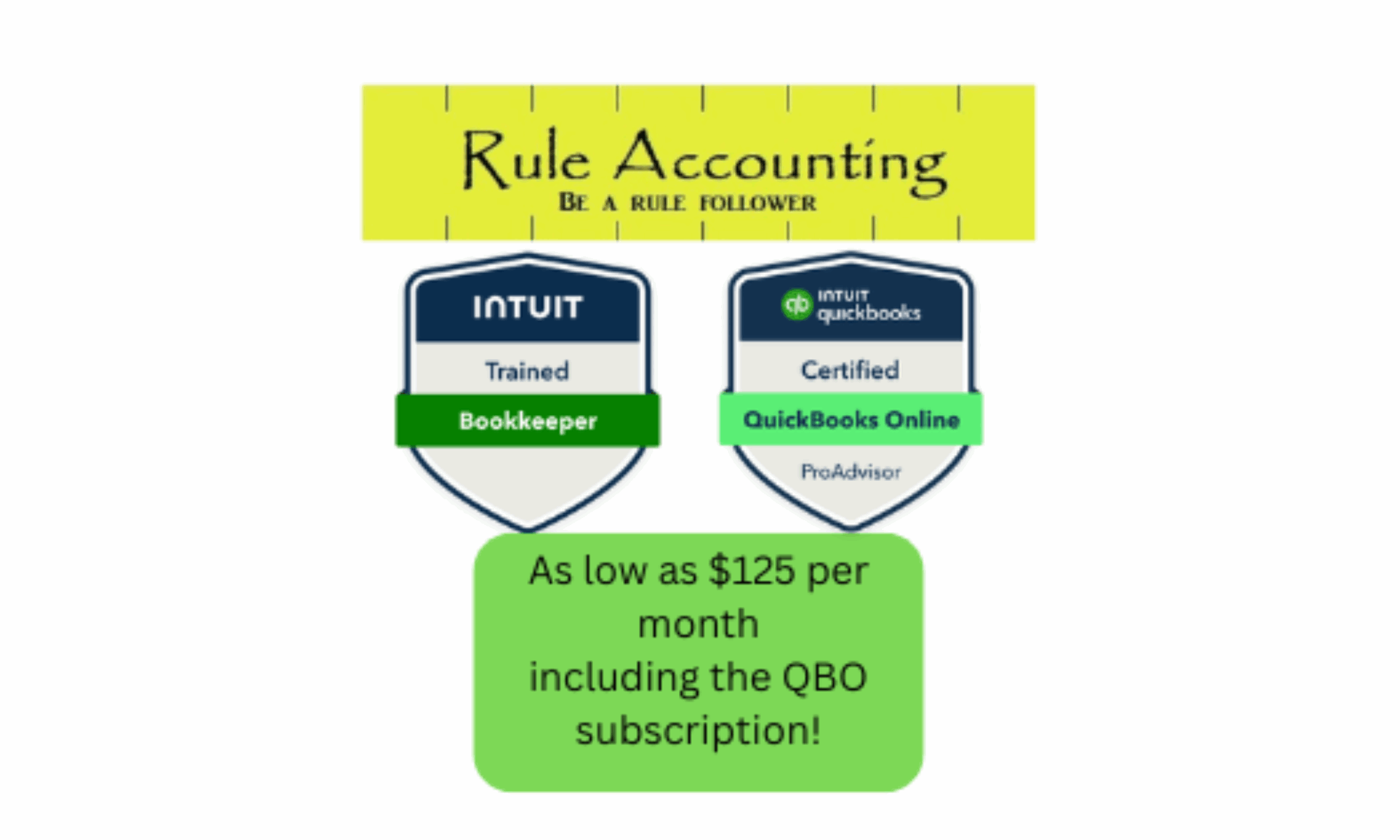Fringe benefits are forms of compensation that employers provide employees beyond their regular salary or wages. They can take various forms. Health insurance, disability benefits, retirement plans, and paid time off are all considered fringe benefits. We cover these benefits in detail in other lessons.
Typically, fringe benefits are taxable and are included in an employee’s wages. Taxable fringe benefits should be reported on Form W-2 for all employees receiving them and treated as supplementary wages. For more information on calculating supplementary wages, check out the Overview of wage types lesson.
On the other hand, many other fringe benefits are not part of a worker’s taxable compensation. That means they’re not recorded on the employee’s paycheck and are therefore tax-exempt.
This, along with many other rules & regulations are available to you as a QuickBooks Online subscriber.
